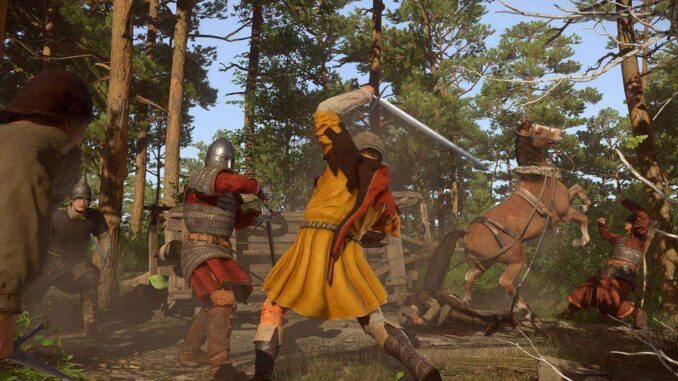
Belladona – where do you find it in Kingdom Come: Deliverance? How do you recognise it?
Look no more!
Introduction to Belladona Field Guide
Atropa Belladonna, commonly known as Deadly Nightshade or Belladonna (as it is also known in the lands of old Bohemia).
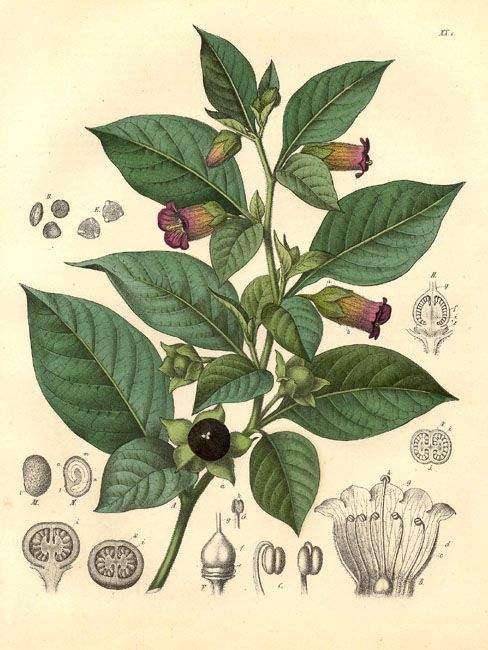
If you are trying to dabble in alchemy you will surely have noted that this herb is needed for a wide range of potions. Furthermore it is necessary to craft the all-important Saviour Snapps!
The latter is probably the reason most of you are looking for this herb in the first place seeing as those potions are expensive to buy and easily crafted – if you have the ingredients!
First of all, what are the sources of Belladona:
- Purchase from herbalists (10 max)
- Picking from a forest-garden (never too many!)
- Potential loot especially in staches found hidden in forests (certainly not many found this way!)
This botanist has been picking herbs and crafting potions for a long time and the Atropa Belladona has been one I have had a lot of trouble spotting.
With this guide I hope I can help you recognise this elusive plant, for once you see it, it cannot be unseen! You will spot this plant with ease and bring back more Belladona than you’ll care to brew!
Location
Getting to our prime gathering location
The best way to recognise this plant is by seeing it in the wild and learning which cues to look for, but before you can do that to any effect, we’re going to want to place you in the right location!
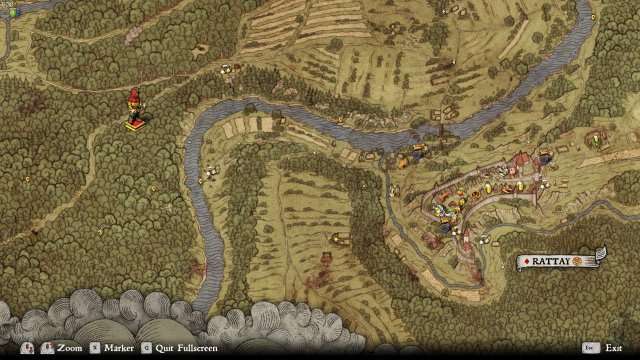
Dear fellow botanist, prepare yourself for a field trip come morning after a pleasant stay in the city of Rattay.
Exit the city on the West Gate passing the refugee camp and head on down the hill past that pleasant Bath House (I recommed a visit especially after a long day in the muddy field!).
As you approach the Tanner, follow the road left (west) and cross over the bridge, past the fishers.
Keep on following the road to the right-hand-side and keep an eye on the river. You will see an opportunity to cross but do not use that crossing, you will see on the other side of that crossing there will be a significant hill waiting for you. Instead, keep on travelling.
You will then notice another crossing further with lots of large stones and pebbles covered in all kinds of fishing contraptions – this is where you want to cross!
If you have reached the charcoal burners you have travelled too far! It is just before them!
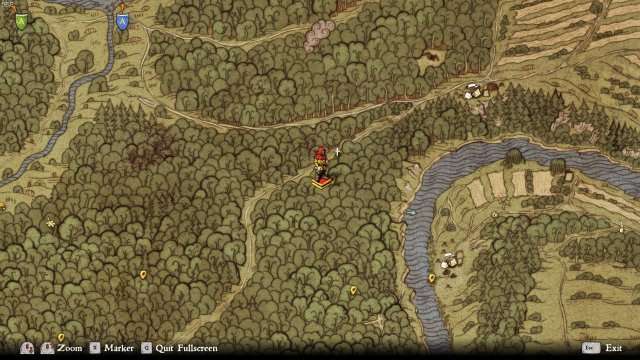
Once crossed stamp the mud off your sturdy boots and look up the hill to your right. You will see a path up there. Follow it up the hill (you’ll notice some Sage around here as well if you were looking for more than Belladona!).
Once up the hill you will reach a large Ruin – you have reached your destination!
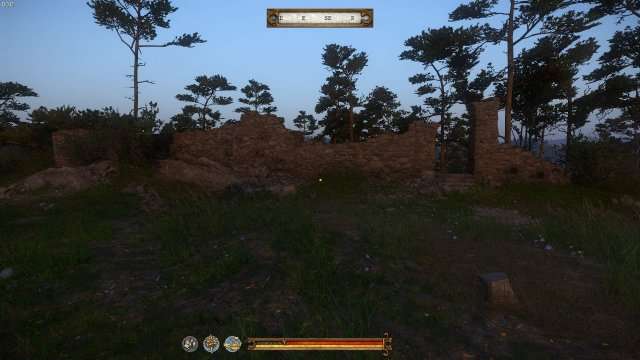
A word of caution: there is a small camp just south of the ruin with a bunch of gentlemen that are all too eager to take your hard earned groschen away from you. If they happen to get all excited about seeing you: put those gents in their place and give them my regards!
Area of Operation
Now that we have reached our destination my fellow botanist, I will roughly detail the area where you are most likely to find our precious Atropa Belladonna.
Once you have reached the ruin and are looking at it with a South-East compass bearing you are in a prime location to find some Belladona.
You will want to look in the open field around these ruins and move in a South-Westernly direction as you look without crossing the road to the North-West.
Note: you will find some Belladona on the other side of the road too but it will be more sparse and first you must learn to identify this herb expertly!
In general you want to be looking in the open fields around this area as once you have learned to identify Atropa Belladonna it will stick out like a sore thumb in the open.
You may find it in the open on grass; or growing over a meadowy-patch of green leaves which can make it slightly harder to spot.
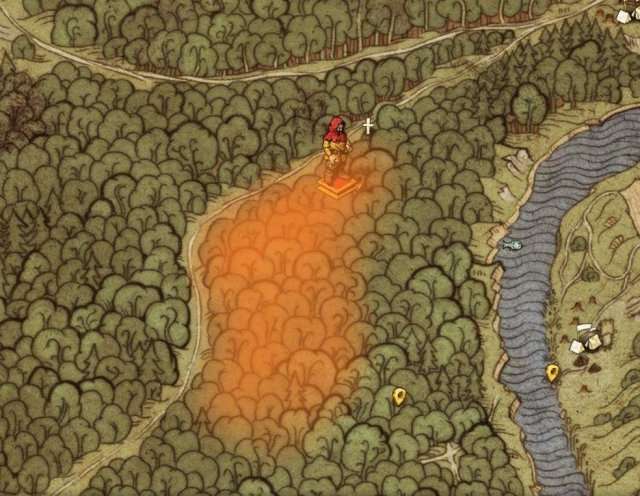
Identifying Atropa Belladona
Fellow botanist, this is the most crucial aspect – learning to identify this plant.
This section includes a lot of pictures from different distances because if you do not know what to look for this plant is easily overlooked.
We have now made sure you are in a location where you are guaranteed to find it. Now you must only train your eyes.
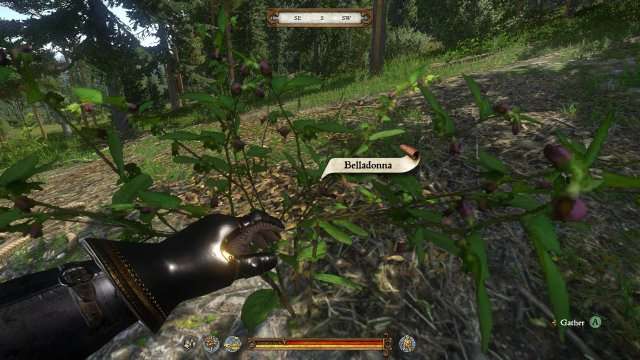
Belladona is a shrub, and looks rather unremarkable and easy to overlook – but it has some distinguishable characteristics.
If you look at the picture to the right, you will notice it has small purple petals (enlarge image to see clearly).
Let me tell you however, that you will never identify this plant from afar by this characteristic. Those petals are too small and the purple will fade away quickly a few paces away.
In fact, if you are not standing too far from this plant it will actually look like it has yellow tips! If you watch the image closely, you will see that near the petals the stem turns towards a yellow coloration.
Let colour not distract you! There are two key aspects that are will garantee your success:
- It’s a shrub, so look for “tall” plants that stand above the rest of the greenery.
- Once you are focusing on a suspect “tall” plant, look for the characteristic shape of Belladona!
This all important shape I speak of is a sort of inverse bell-shape: the plant consists of around four fleshy stems that all stem from one narrow spot in the ground and expand in all directions as the stem gains height. This is the key characteristic that separates Belladona from all other plants you will find in the Bohemian forests.
In the picture bellow there is a single specimen of Atropa Belladonna in view, right in the open so easily spotted (it is a shrub so tall and sticks out above other vegetation and has the characteristic shape of Atropa Belladonna).

This is the shape you must learn to look out for and compare every shrub (the tallest plants you’ll find around this area) you see to this shape – you will notice most shrubs are actually Atropa Belladonna!
Bellow I give you more images of Belladona so that you may get used to the sight of this plant at different ranges and different earth it might grow on.
To the left it is in the distance (by the yellow dot); to the right there are two specimens not too far away, easily made out by their characteristic shape.
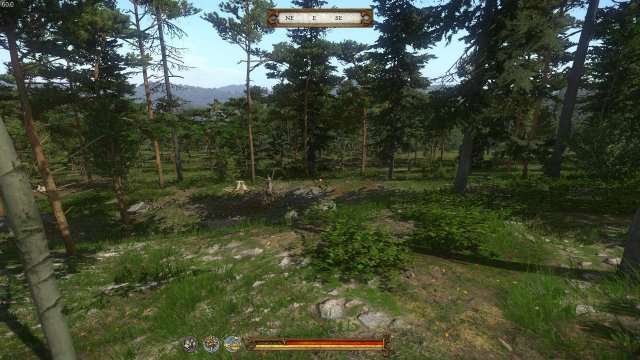
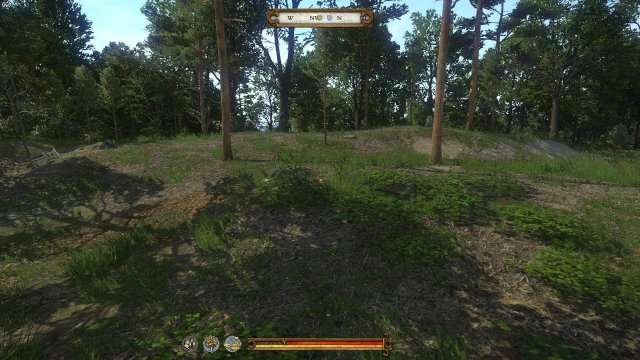
To the left it is growing among other shrubs but recognised by its characteristic shape; to the right is a close-up of the Belladona between the shrubs.
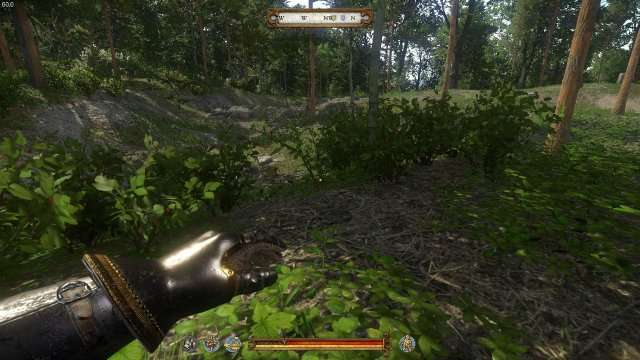
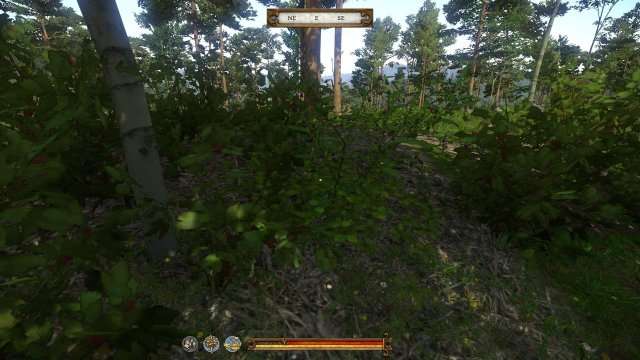
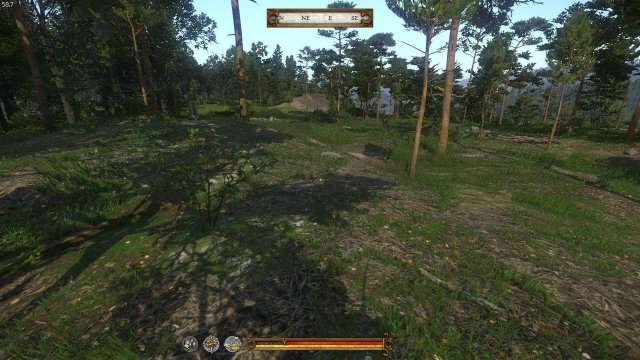
Picture above shows Belladona to the left of the centre-point.
You will find that Belladona is easily spotted in the distance due to it’s size followed up by analising its shape – once you see it, you see them everywhere!

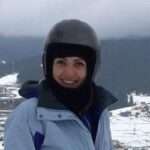
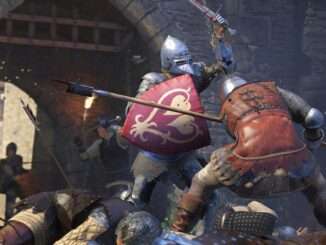
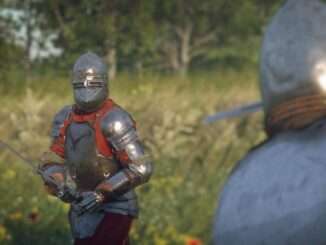
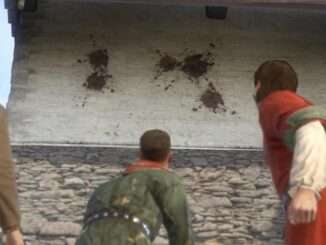
Be the first to comment